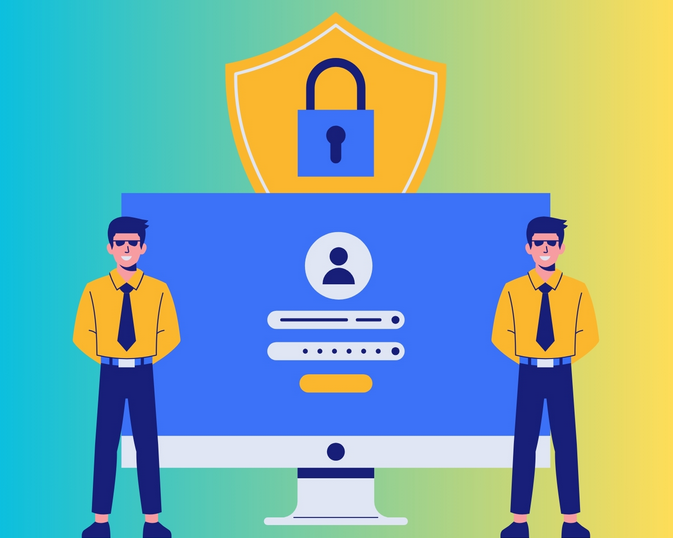The Importance of Cybersecurity in the Remote Work Era

The rise of remote work has transformed the way businesses operate and employees perform their daily tasks. While this shift has brought about increased flexibility and productivity, it has also introduced new cybersecurity challenges. As employees access company networks, files, and applications from various locations and devices, the risk of cyber threats has significantly increased. Ensuring robust cybersecurity practices in the remote work era is essential for protecting sensitive data, maintaining business continuity, and safeguarding organizational reputation. Here’s why cybersecurity should be a top priority for remote teams.
1. Increased Vulnerability to Cyberattacks
With remote work, employees are often using personal devices, public Wi-Fi networks, and home routers to access company resources. These environments are typically less secure than corporate offices, making them more vulnerable to cyberattacks like phishing, ransomware, and malware. Attackers are aware of these vulnerabilities and often exploit weak spots, such as unprotected Wi-Fi networks or outdated security software.
How to Mitigate: To safeguard remote workers, companies should implement a strong network security infrastructure, such as Virtual Private Networks (VPNs) and multi-factor authentication (MFA). Employees should also be trained on cybersecurity best practices, such as identifying phishing emails and maintaining secure passwords.
2. Data Privacy and Protection
Remote workers handle sensitive data, whether customer information, financial records, or intellectual property. With employees working outside the traditional office environment, ensuring the confidentiality, integrity, and availability of this data becomes more challenging. Data breaches can result in financial losses, legal consequences, and a damaged reputation.
How to Mitigate: Companies should encrypt sensitive data, both at rest and in transit, and enforce strict data access controls. Cloud storage solutions with secure sharing protocols can also help protect data from unauthorized access. Additionally, remote workers should be encouraged to use strong passwords and avoid using public computers for work tasks.
3. Securing Collaboration Tools
Collaboration tools like video conferencing apps, project management software, and instant messaging platforms are essential for remote teams. However, these tools can also be gateways for cybercriminals if not properly secured. Insecure configurations or unpatched software vulnerabilities can provide entry points for hackers.
How to Mitigate: Regularly update collaboration tools and ensure that they have appropriate security settings, such as password protection for meetings or end-to-end encryption for chats. Companies should also limit access to these tools based on role and need, ensuring that only authorized employees have access to sensitive information.
4. Business Continuity and Incident Response
Cybersecurity incidents, such as a data breach or ransomware attack, can disrupt business operations and harm an organization’s reputation. In a remote work environment, these disruptions can be even more challenging to manage, as teams are dispersed across multiple locations.
How to Mitigate: Companies should have a comprehensive incident response plan in place, outlining how to respond to security breaches. This includes procedures for identifying, containing, and recovering from incidents, as well as communicating with affected parties. Regular cybersecurity drills and simulations can help teams prepare for real-world incidents.
Conclusion
Cybersecurity is more important than ever in the remote work era. As businesses continue to embrace flexible work arrangements, they must prioritize security measures to protect their assets, data, and reputation. By implementing strong security practices, training employees, and regularly updating technology, companies can reduce the risks associated with remote work and ensure a secure digital environment for all.
#Cybersecurity #RemoteWork #DataProtection #WorkFromHome #CyberThreats #BusinessContinuity #IncidentResponse #VPN #MFA #SecurityBestPractices

